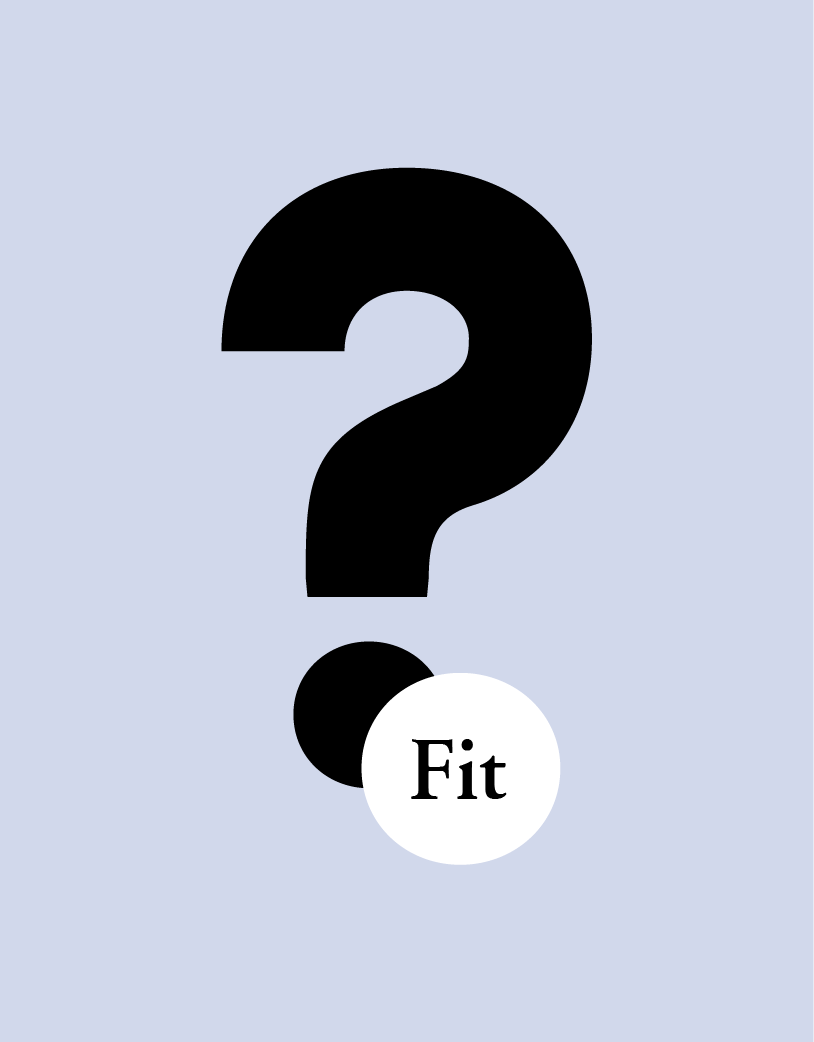Our approach is based on a core set of design principles to ensure that both the strategy development process, and the final strategy, deliver real value.
-
Relevance and Usability –
Strategy must keep the user front and centre. It must be accessible and usable - not a paper exercise but a living document that acts as a roadmap to the future. Strategy must be practical and viable: it must be coherent, sensible and capable of implementation.
-
Brevity –
The strategy must be clear, simple and short. There’s no point producing a lengthy report filled with jargon and hot air. The strategy must say what it needs to say, and no more.
-
Proportionality –
It is easy to fall into the trap of doing analysis for its own sake, rather than for the sake of the final product. Conducting analysis and gathering evidence is important, but only in proportion to its relevance to the final strategy.
-
360-Degree Perspective –
A strategy is both an internal organising tool for management and staff, and an outward facing pledge to the wider world. A 360-degree approach calls for both internal and external consultation to understand the role the organisation plays today, and how that might evolve in the future.
-
Evidence-Based –
Good strategy combines the wisdom and experience of practitioners with hard data to create an evidence base for defining and making strategic choices.
-
Human –
A strategy should not be a dry and dusty report full of indigestible facts and figures. It should be a true reflection of the beliefs, values and aspirations of the people whose lives it will guide. Ultimately a strategy is a collection of stories which are based on the past, but look to the future.
Deciding whether to work with a strategic counsellor is a based on a mix of different considerations:
Offer – does the adviser offer services that meet the client’s particular needs?
Experience – has the adviser been this way before?
Approach – does the adviser have a tried and tested approach which can be tailored to the client’s unique circumstances?
Fit – Is there a good fit at a human level: will there be a sparking of creative ideas and new ways of thinking?
Of these factors, fit is the key determinant of whether the client-consultant relationship will be productive and successful.
The best way to test for fit is to meet and talk, to have an open discussion and see where it leads.



